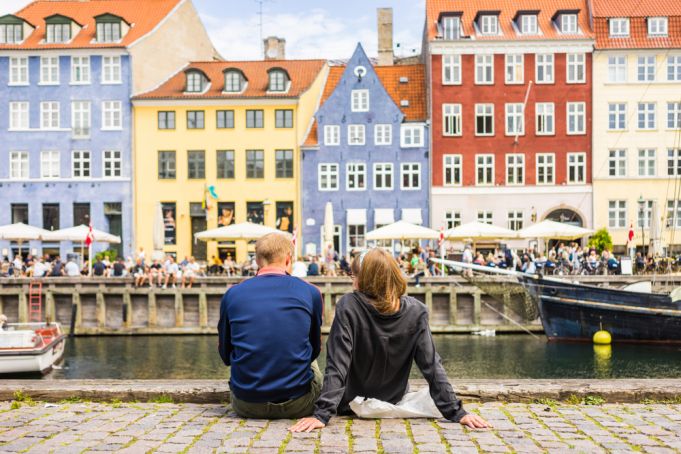Centre (Raadhuspladsen, Stroeget, Nyhavn...)
The old city was founded in 1160 but the real development began in the 17th century, during the reign of King Christian IV, who transformed Copenhagen from an unimportant town into a beautiful capital.
Despite a dramatic history and numerous fires the city is now a commercial, entertainment and cultural centre with much to offer (most recently exemplified in 1996, when Copenhagen was made the cultural capital of Europe).
Living in the centre means having access to numerous shops, cafes and street theatres and being close to some of the most important attractions, such as the National Museum of Art, Tivoli, The Glyptotek, Amalienborg, and the Royal Theatre; residents also enjoy six-storey buildings, a lively and enjoyable nightlife, theatres, castles and modern buildings such as the Black Diamond, the newest addition to the Royal Library housing conferences and exhibitions.
However, it can sometimes be chaotic and stressful by day. The centre is surrounded by canals that provide an Amsterdam feel as well as the possibility of taking boat trips or simply a way of getting from place to place. You do not need a car in the city centre; traffic is not as chaotic as in many other European capitals but parking can be quite difficult. Plentiful bicycle paths make cycling a great way to get around.
There is also a pleasant, regular and reliable public transport system connecting the centre to all parts of Copenhagen and the main railway station is located here.
General Info
View on Map
Centre (Raadhuspladsen, Stroeget, Nyhavn...)
Nyhavn, Copenhagen, Denmark


















